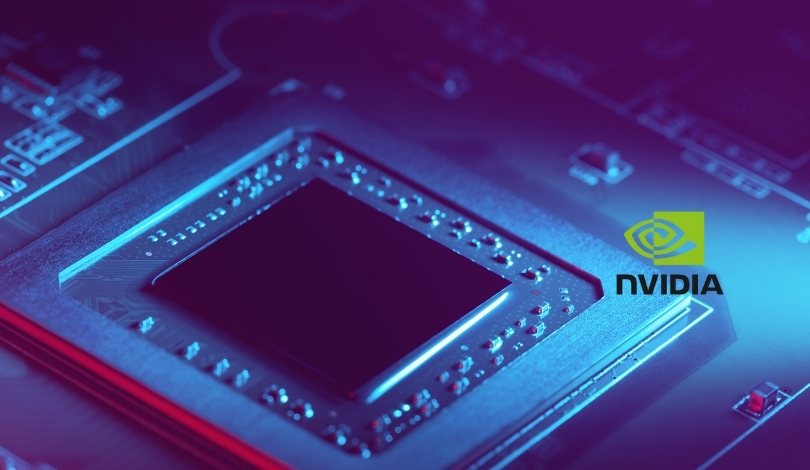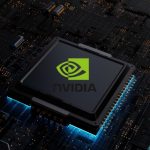As AI-powered robots grow increasingly central to various industries, reliable connectivity solutions have become critical to supporting their real-time operations. Addressing these needs, Telit Cinterion is integrating its portfolio of 5G modules with NVIDIA’s Jetson Thor platform, targeting sectors such as robotics, logistics, and industrial automation. This collaboration is expected to support the seamless interaction of machines and help expedite deployment of intelligent autonomous systems. Companies seeking to automate workflows may find this new connectivity option especially relevant for high-speed, low-latency applications.
Earlier coverage focused on Telit Cinterion’s partnerships with NVIDIA Jetson AGX Orin and Xavier platforms, but those solutions did not emphasize highly advanced use cases such as humanoid robotics or fully autonomous machinery. The introduction of Jetson Thor has shifted the attention to even more demanding edge-AI tasks, pushing for broader 5G enablement. In past announcements, Telit Cinterion underlined the importance of reliability and cloud integration, yet this recent development further underscores latency reduction and performance for next-generation robotics in dynamic environments.
What Does the Integration Deliver for Robotics?
By finalizing validation of its 5G and RedCap modules—such as the FE920C04—with NVIDIA Jetson Thor, Telit Cinterion is widening the reach of wireless connectivity for robotics and autonomous devices. This integration enables agile, stable connections suited for mobile robots operating in fast-changing settings, thereby meeting the communication demands of AI workloads that require immediate responsiveness.
How Will Jetson Thor and Telit Cinterion Work Together?
Jetson Thor, NVIDIA’s latest edge AI platform, is designed to cater to demanding scenarios—ranging from humanoid robots to self-navigating delivery vehicles. The platform’s computational capabilities support intricate robotics applications, while Telit Cinterion’s 5G modules address connectivity gaps, making collaborative AI-driven tasks feasible in real time. The solution aims to empower both autonomous machines and complex industrial automation setups.
What Positions 5G as Essential for Modern Robotics?
5G connectivity stands out for being able to provide not only high bandwidth but also extremely low latency, a combination required for tasks including remote monitoring and instant AI decision-making. “5G is a foundational capability for humanoid and mobile AI robotic devices,” said Manish Watwani, President of IoT Products at Telit Cinterion. By reducing the delay between device action and cloud system response, the technology facilitates robust performance and cloud-integration capabilities.
With Jetson Thor, NVIDIA is unlocking new levels of compute for autonomous systems and Telit Cinterion is proud to deliver the connectivity that makes cloud integration possible.
As autonomous robotics and mobile AI systems increase in complexity and application range, the partnership between Telit Cinterion and NVIDIA responds to new market expectations for data transmission speed and network reliability. Customers in logistics, manufacturing, and emerging robotics fields can expect technologies like these to address the operational constraints that previously limited deployment. Investors and engineers tracking the evolution of mobile AI are likely to monitor how 5G modules—particularly RedCap options—perform within the NVIDIA Jetson ecosystem for heavy AI tasks, as competition and innovation expand in this area. Technical buyers may also wish to evaluate which network specifications and module types best suit their chosen applications, ensuring long-term scalability and security for integrated robotic solutions.










